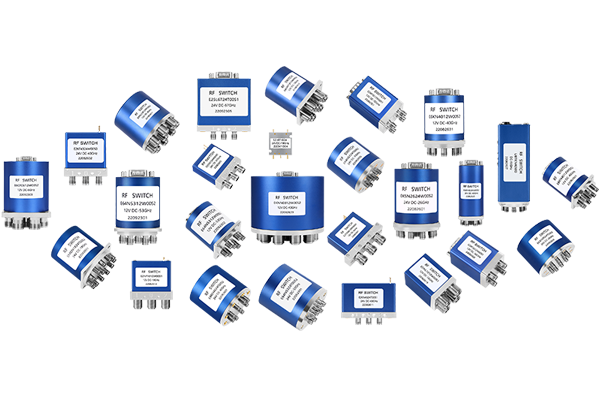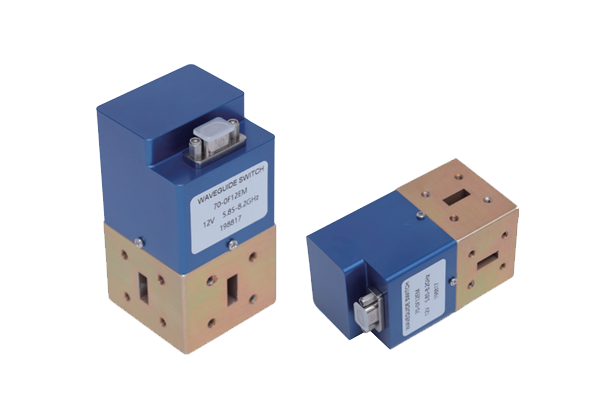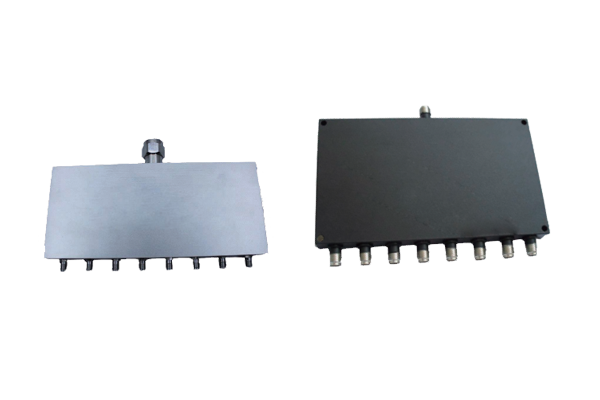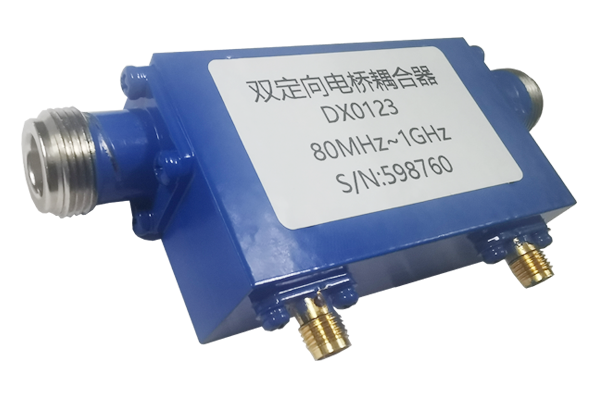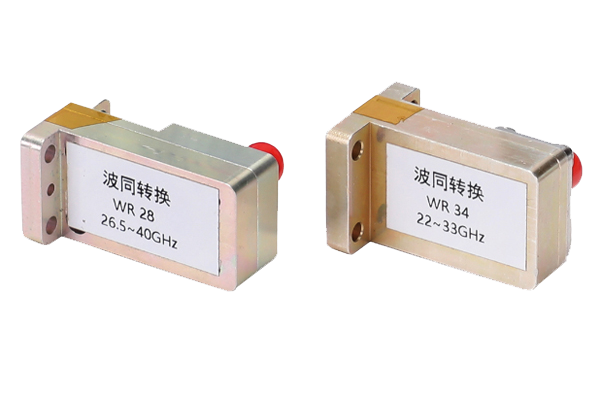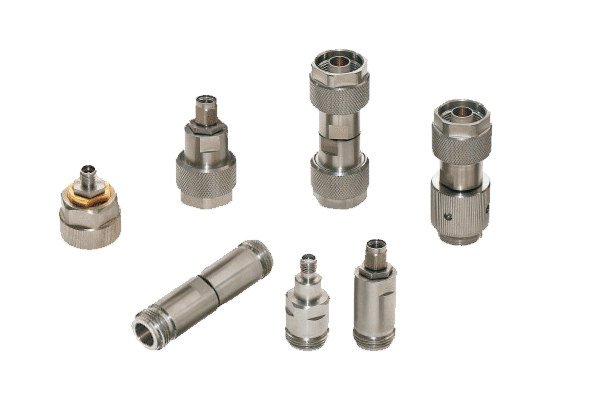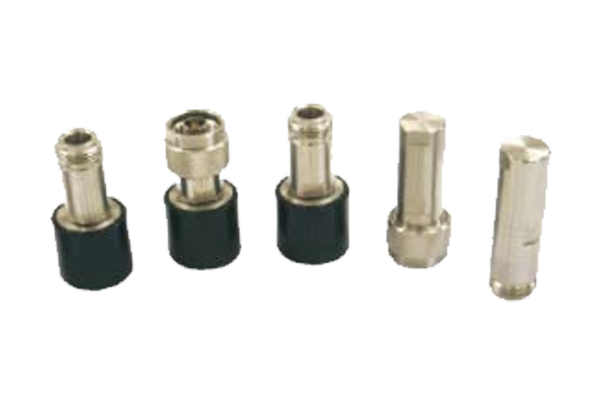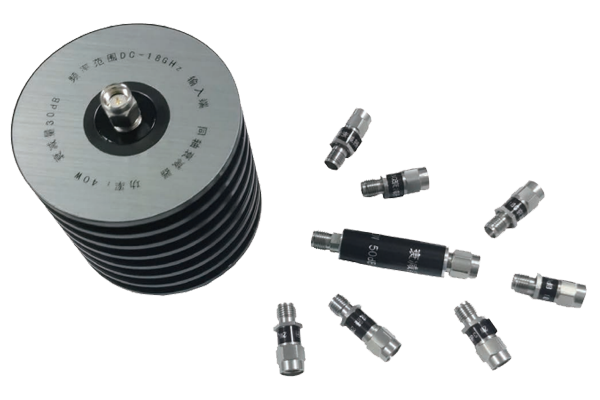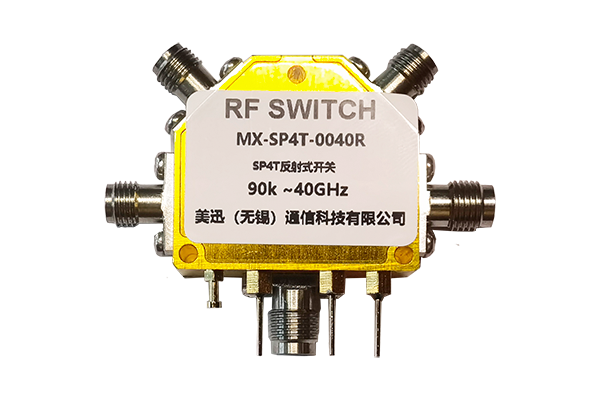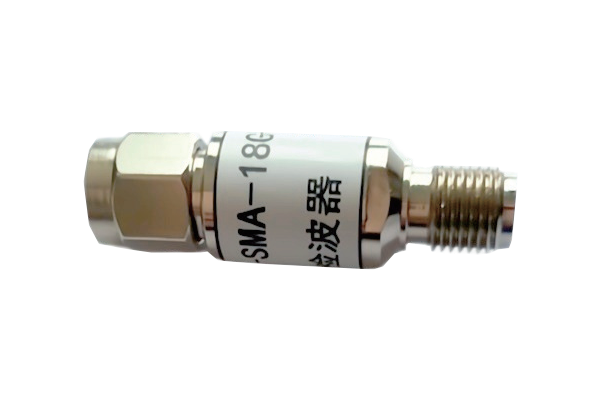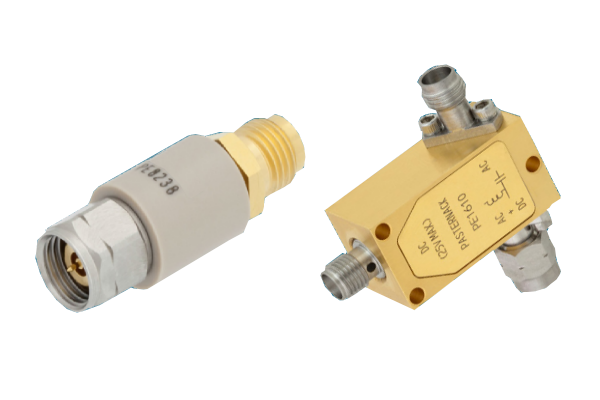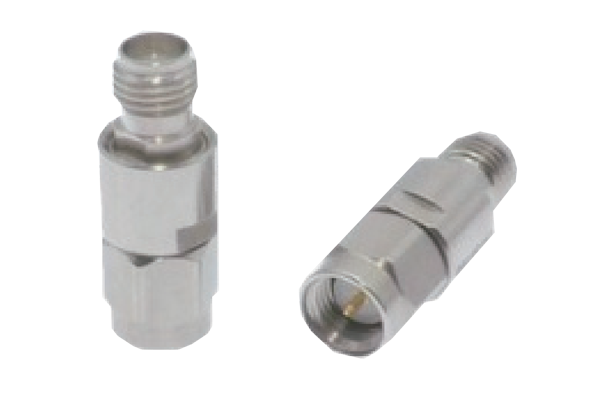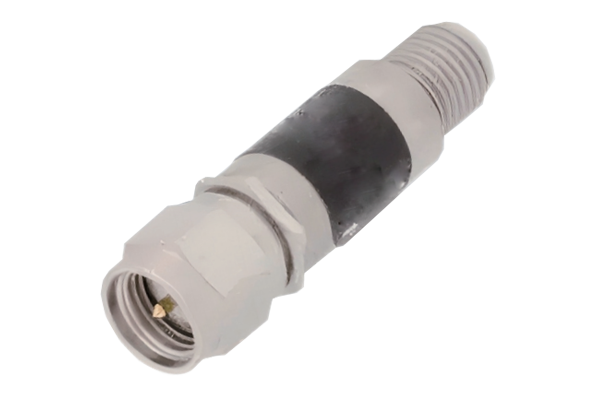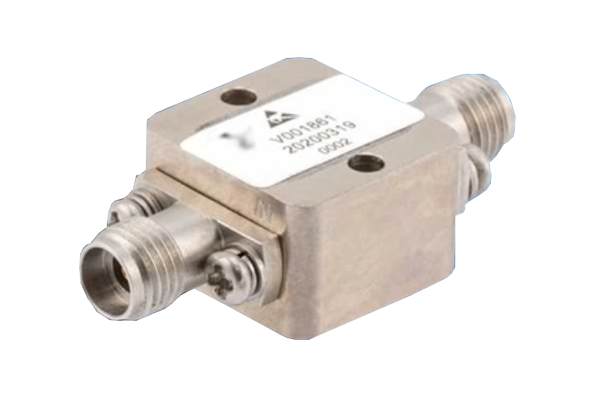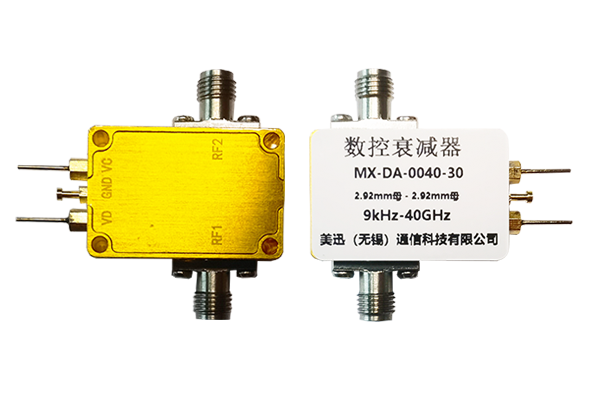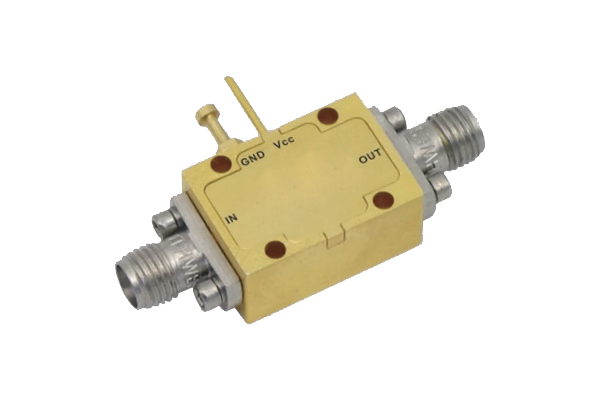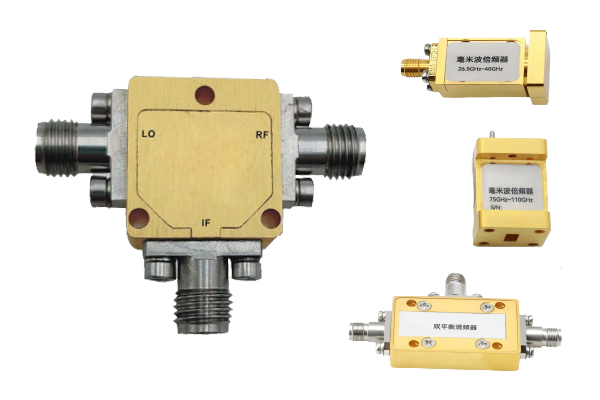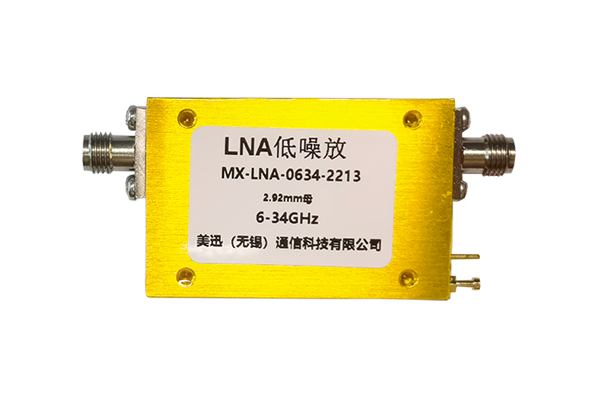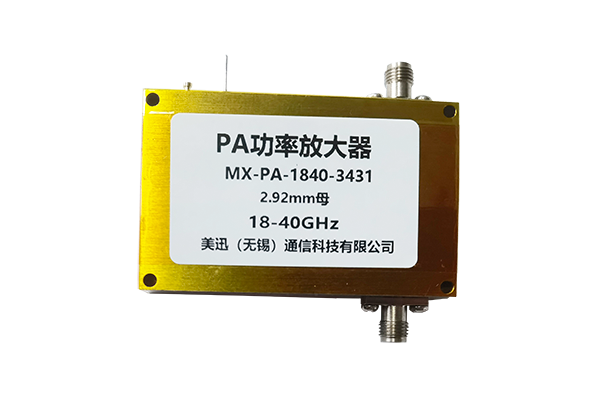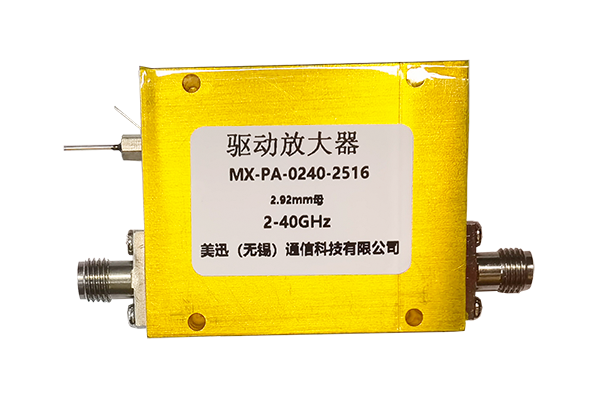How to solve the heat dissipation problem of dual directional coupler
Dual Directional Coupler Heat Dissipation Solutions
1. Optimize Heat Dissipation Design
-
Choose materials with excellent thermal conductivity for housing and internal components
-
Enables rapid heat transfer to the external environment
-
Some models use integrated metal housing to leverage material's natural heat dissipation
-
Effectively reduces localized hot spots and temperature accumulation
2. Proper Installation Environment Planning
-
Install in well-ventilated areas away from confined spaces
-
Avoid proximity to other heat-generating equipment
-
For enclosed cabinets:
-
Add ventilation openings
-
Install air ducts to promote airflow
-
Enhances natural convection cooling and reduces ambient temperature impact
3. Supplemental Cooling Measures
-
Install heat sinks on coupler surface to increase dissipation area
-
For high-heat scenarios, implement forced air cooling with fans
-
Creates active air circulation to improve cooling efficiency
-
Prevents continuous heat buildup in critical components
4. Operational Temperature Monitoring
-
Regularly check surface temperatures of coupler components
-
Investigate abnormal temperature rises immediately:
-
Check for excessive loads
-
Inspect contact quality between components
-
Maintain clean equipment surfaces free of dust accumulation
-
Ensures unimpeded heat dissipation pathways
Through these comprehensive measures, the operating temperature of dual directional couplers can be effectively controlled, preventing performance degradation and extending service life by mitigating overheating risks.



